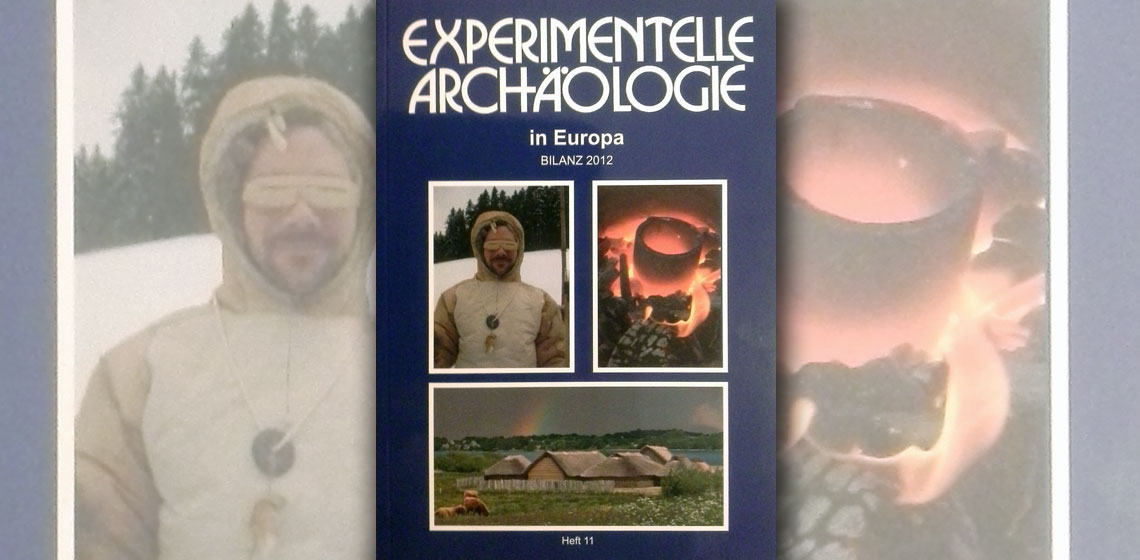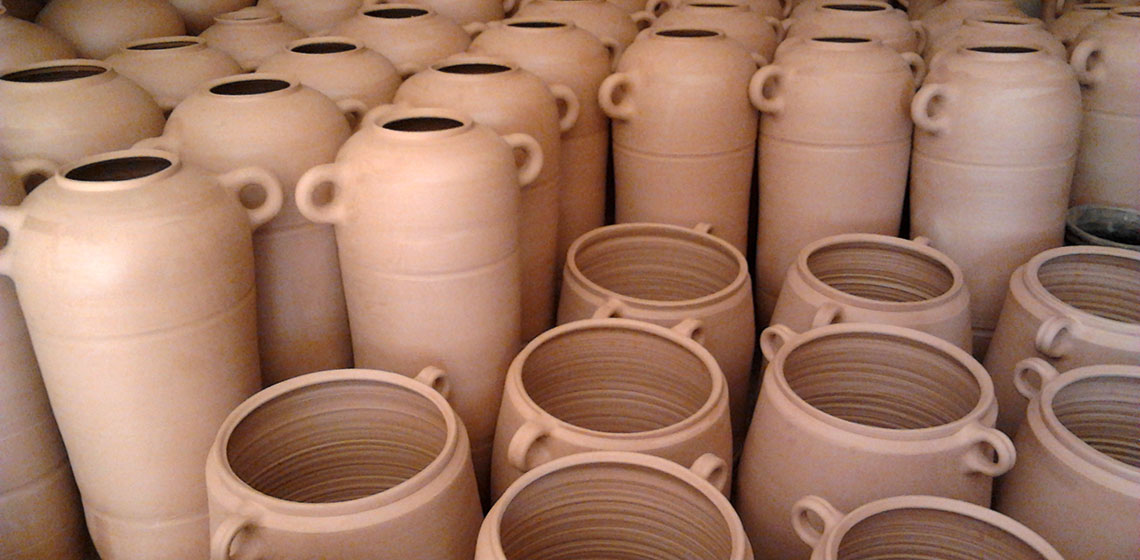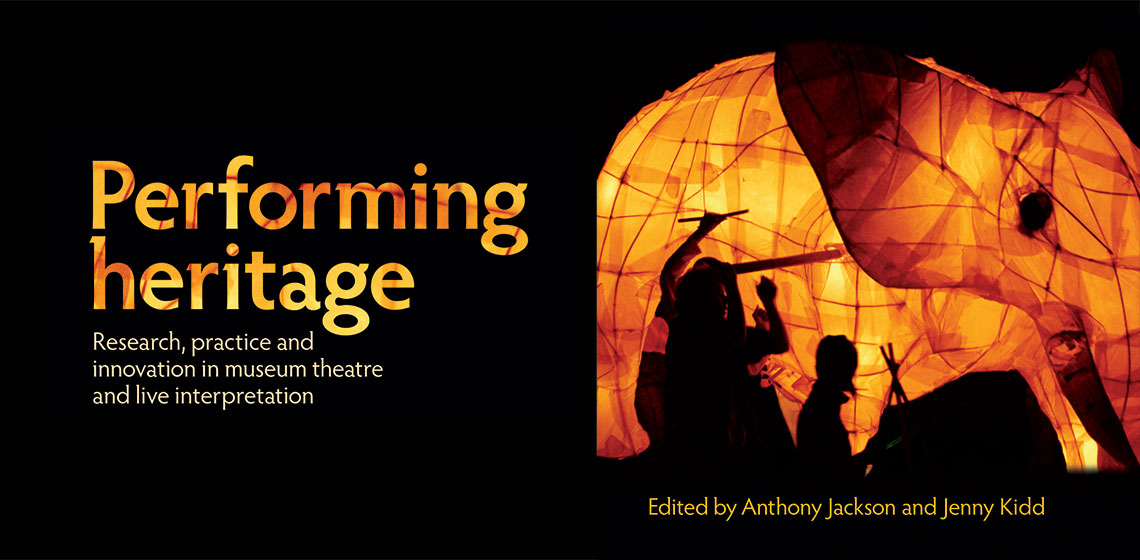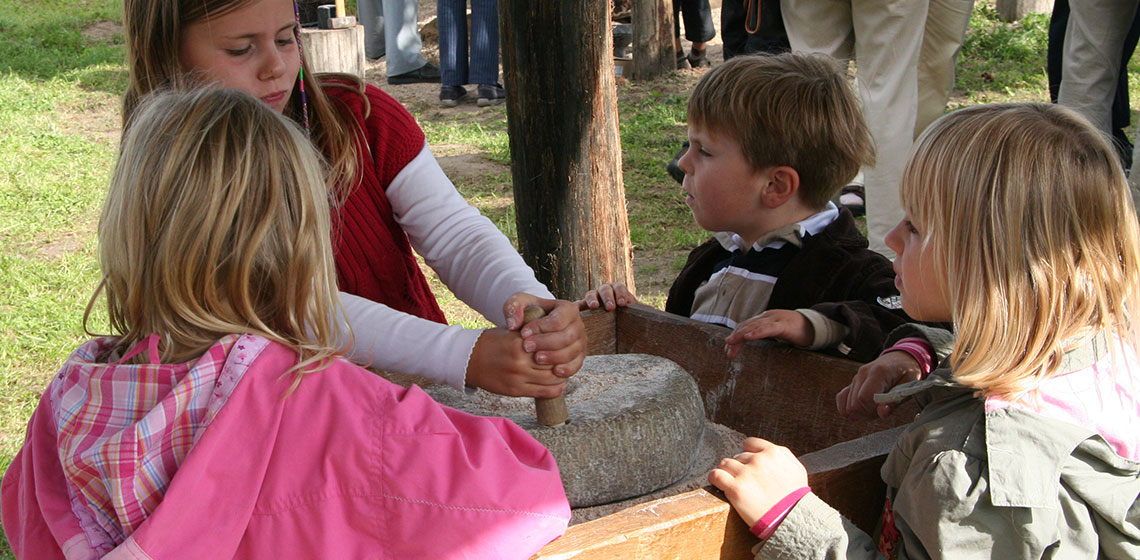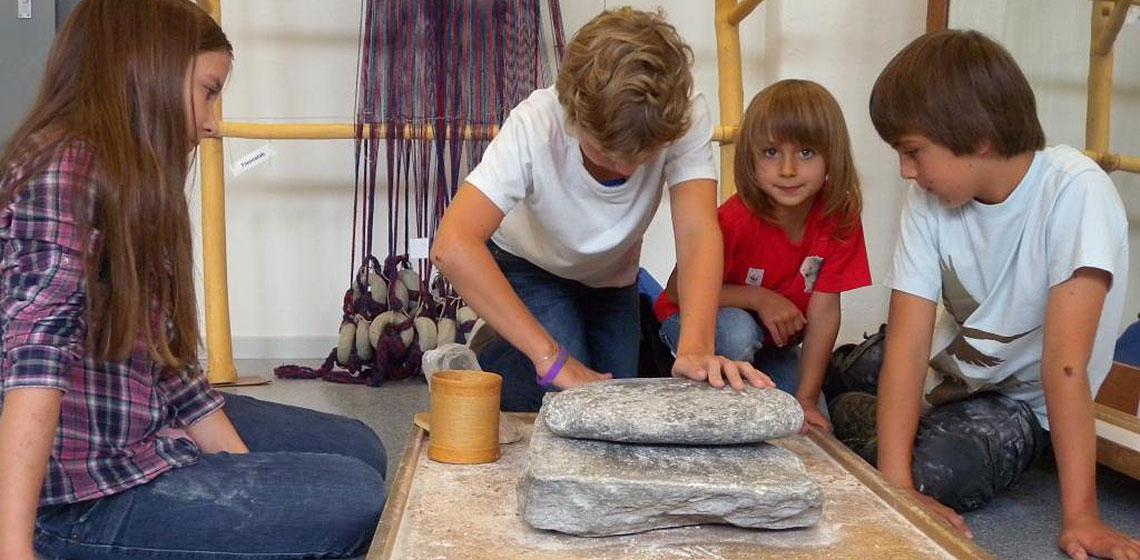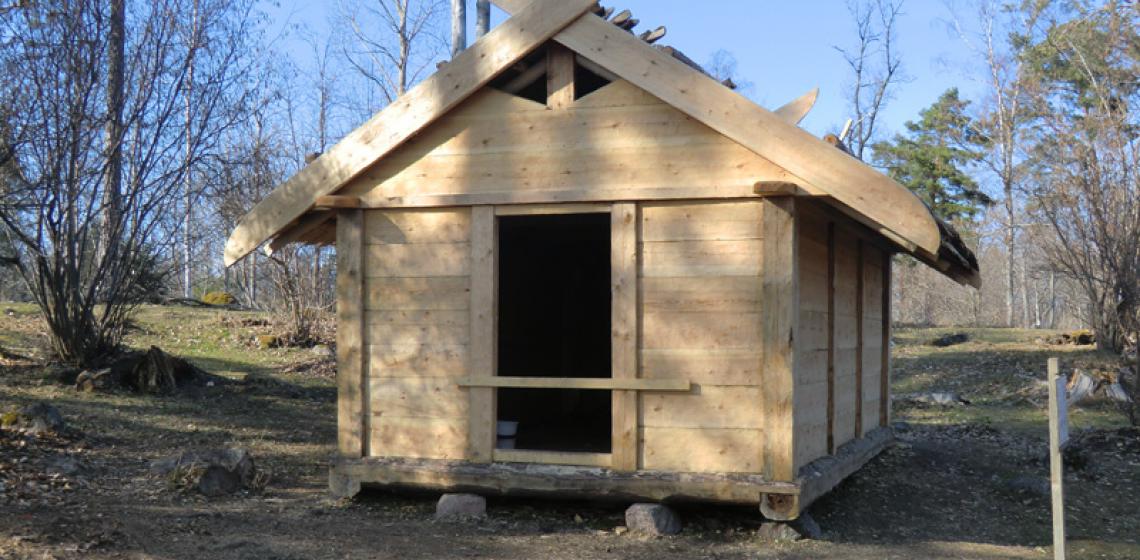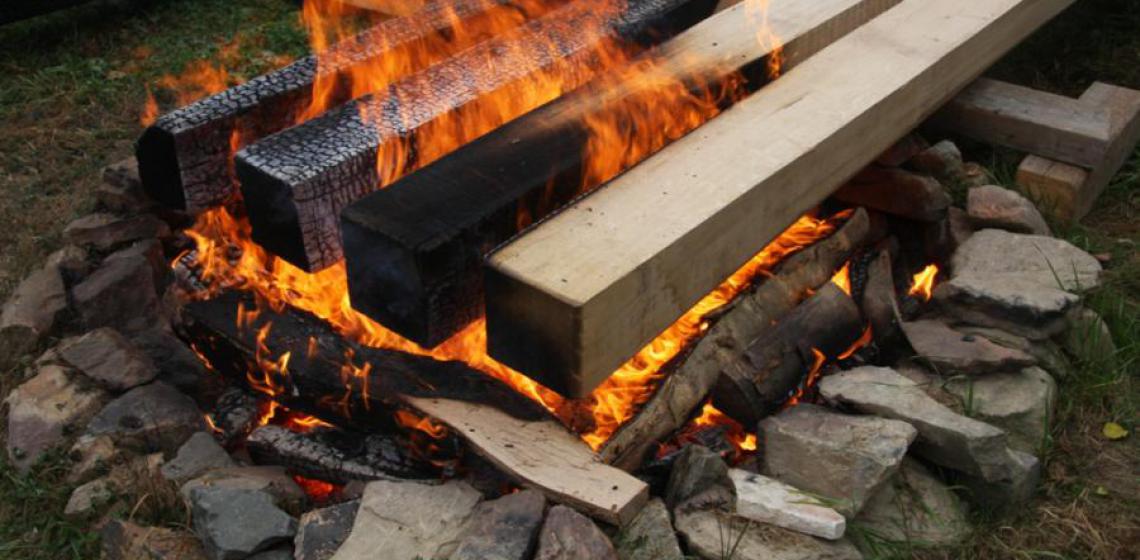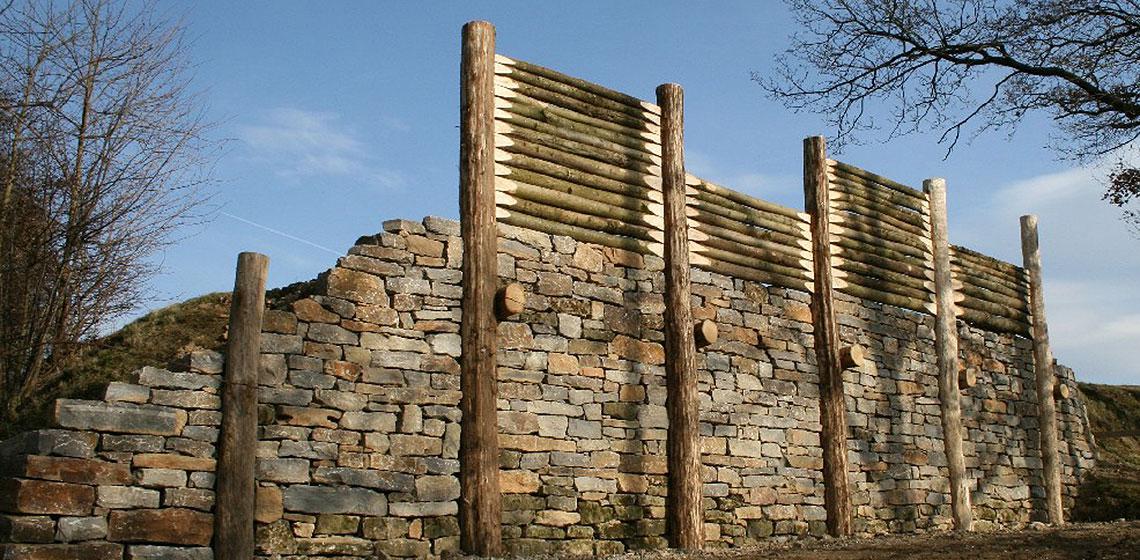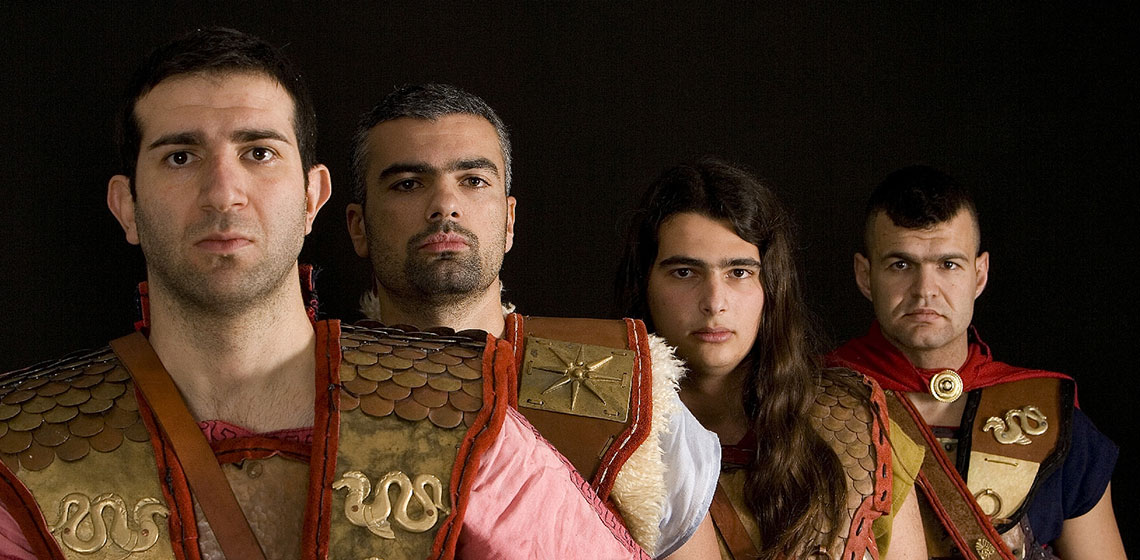Book Review: Experimentelle Archäologie in Europa, Bilanz 2012
***According to James Mathieu in 2002, experimental archaeology is “A subfield of archaeological research which employs a number of different methods, techniques, analyses and approaches within the context of a controllable imitative experiment to replicate past phenomena...

